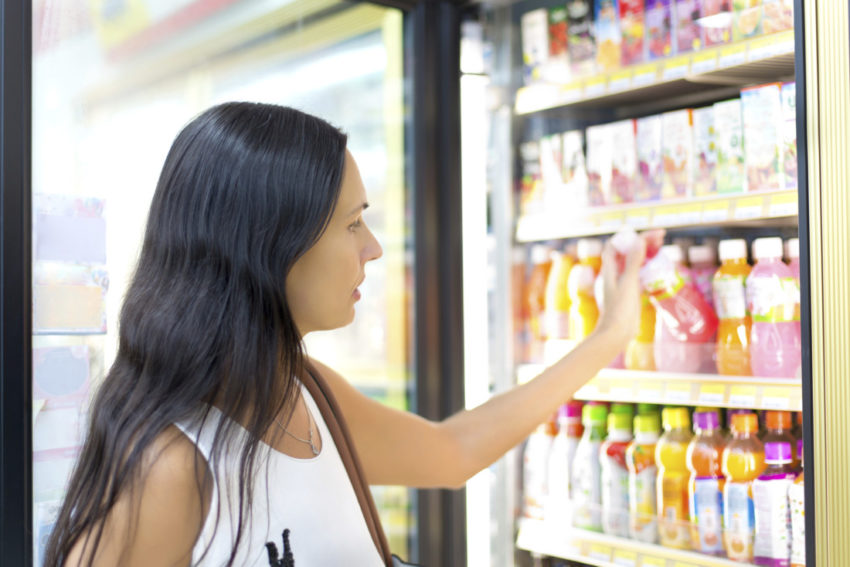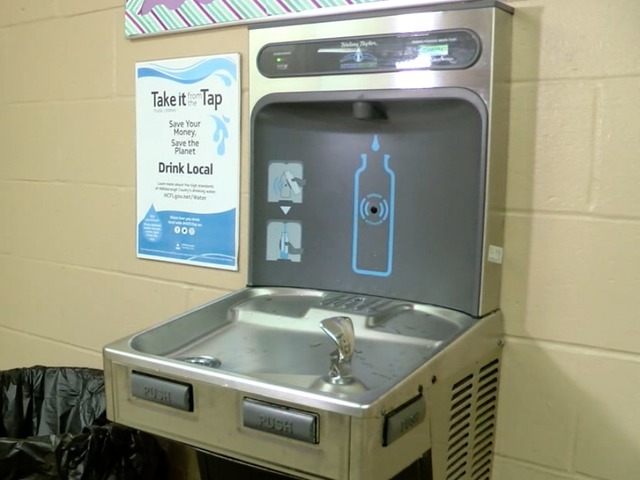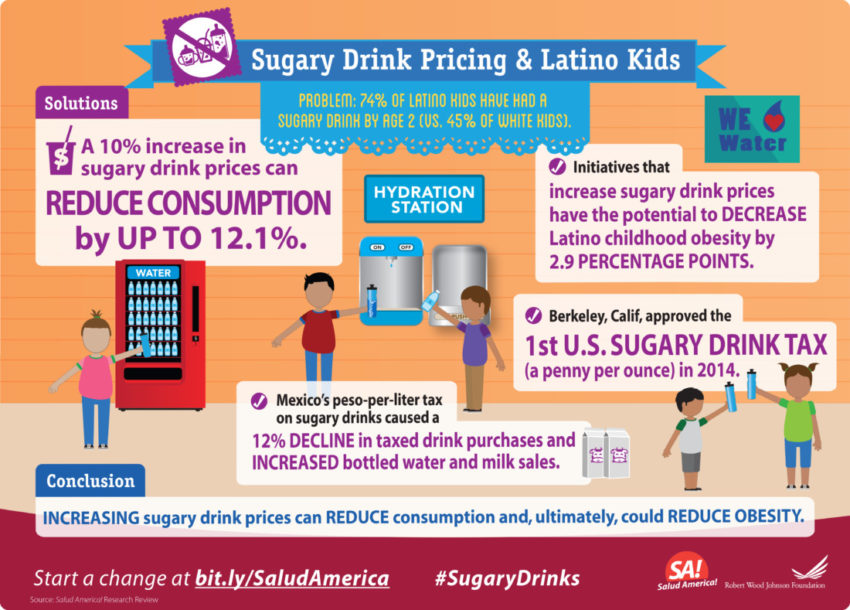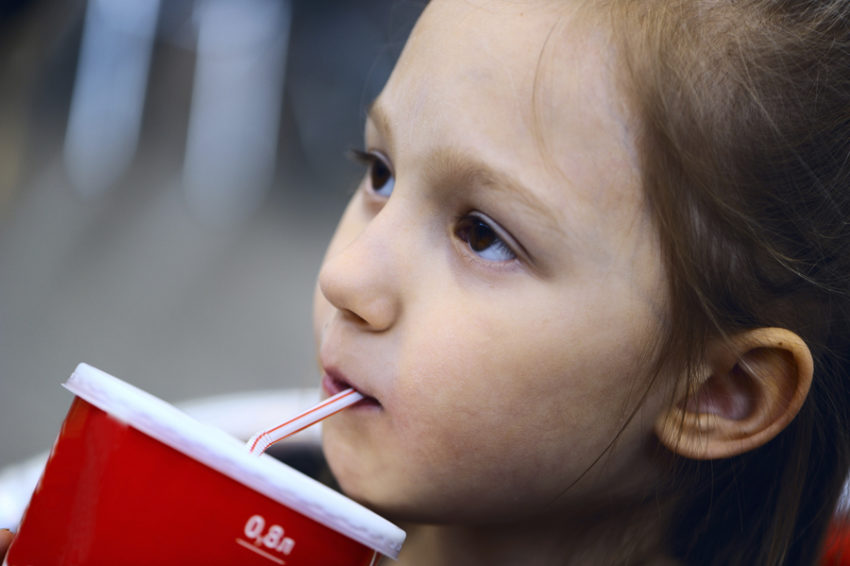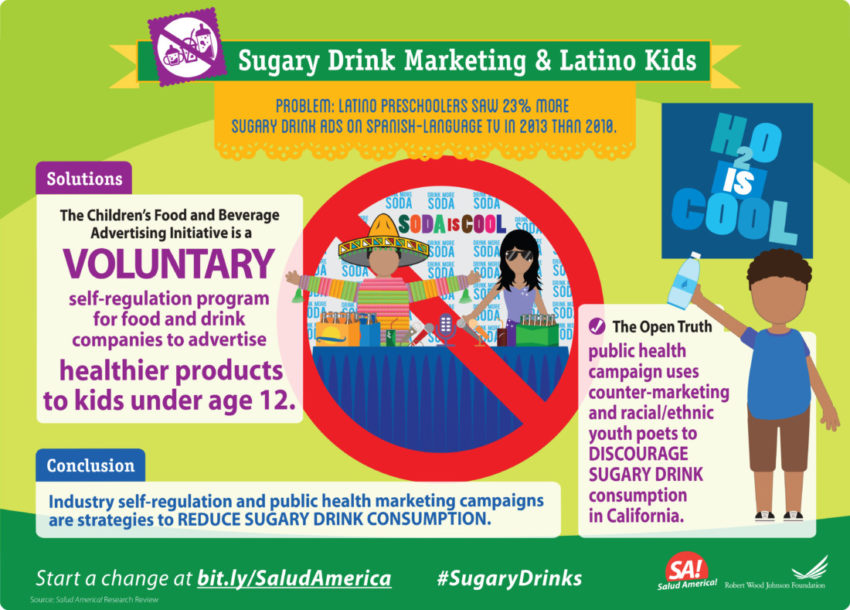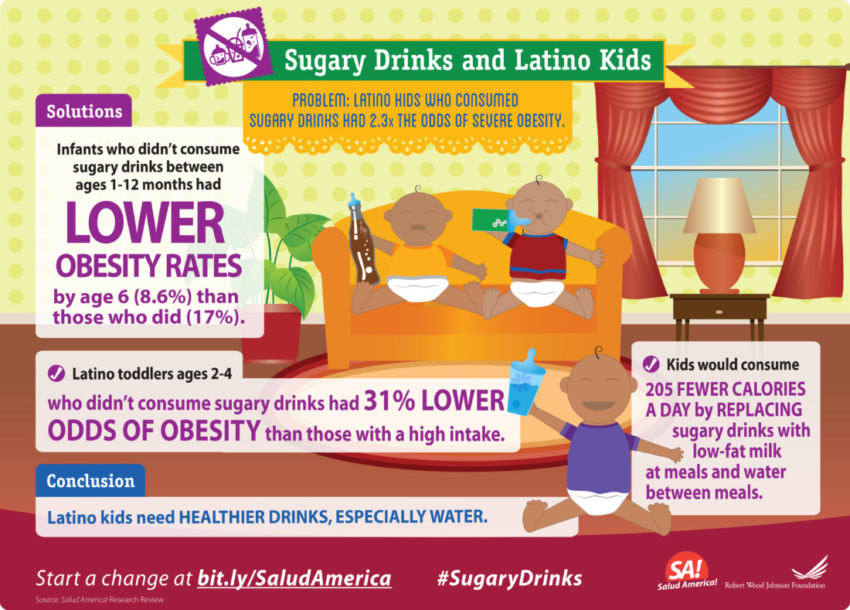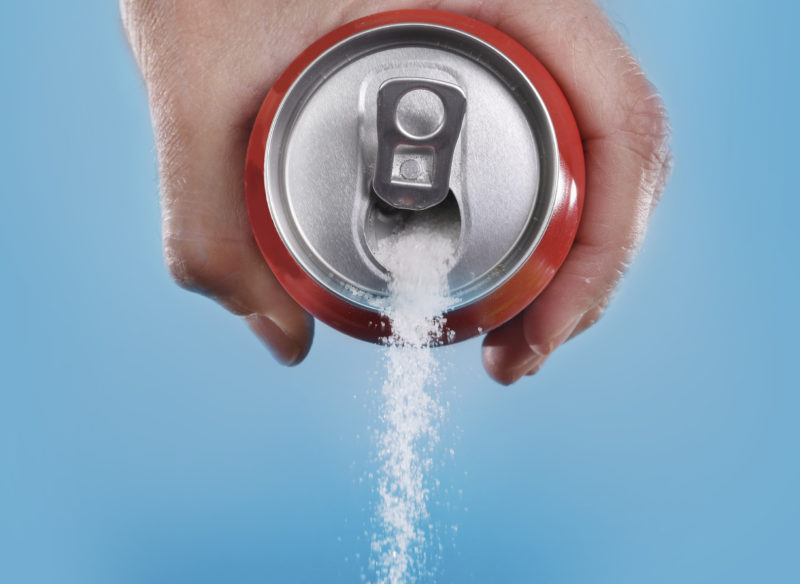Sugary Drinks Research: Future Research
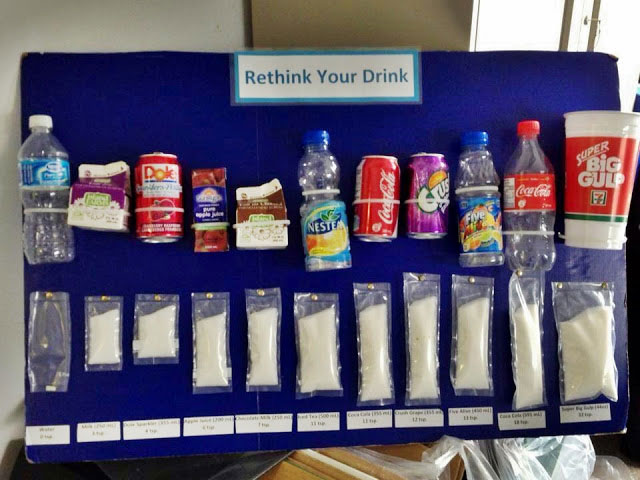
This is part of our Sugary Drinks & Latino Kids: A Research Review » Future research needs Further research could focus on differences in SSB consumption and the effect on obesity and health among Latino subgroups, as most studies that tease out results by racial/ethnic group focus on Mexican Americans. More research is also needed on the beverages available and promoted in early child care settings and how new federal, state, and (where they have regulatory authority) local regulations impact this in both licensed and unlicensed child care settings. Further research on the potential impact of SSB prices and taxes on Latinos, particularly youths, could be conducted. It will be important to evaluate the taxes implemented in Philadelphia, Cook County, Ill., and the ...
Read More
